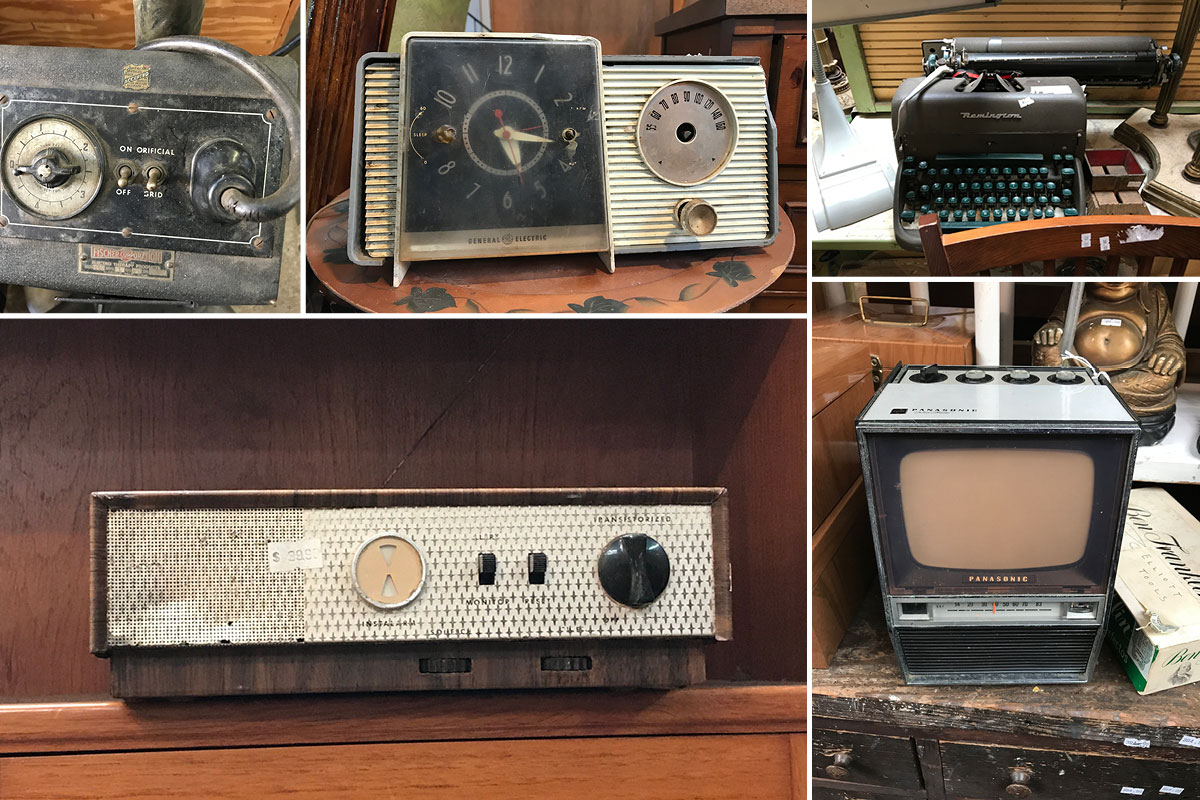10 Sep What is interaction?
What is interaction?
Chris Crawford, in his book “The Art of Interactive Design: A Euphonious and Illuminating Guide to Building Successful Software”, defines “interaction” as “a cyclic process in which two actors alternately listen, think, and speak.”
Crawford’s definition comes especially handy in today’s art and design world where the term “interactive” is much overused and misused by artists and art lovers. When searching #interactiveart on Instagram, the results come back with a lot of artworks that are merely there for you to look at or take selfies with.
A truly interactive piece should be cyclic, and an exchange between two actors. Any one-sided action without feedback from another party would be reaction, not interaction. For instance, an LED installation that flickers according to a preset program is not interactive. The installation does not “listen” to the audience, there’s no input from the viewer, and thus no processing(thinking) on the computer side based on the viewer’s feedback, no dialogue initiated.
Good Physical Interaction
According to Crawford, good interaction design takes into consideration all three aspects of the interactive cycle: listening, thinking and speaking. In physical computing, the machine/computer has to do all three aspects well, excelling at any two points cannot make up for falling short on the third.
Good interaction is much easier to be achieved human-to-human than human-to-computer. The computer’s thinking process is drastically different from ours. If not done well, digital interaction can turn out to be too confusing for us to comprehend or too repetitive for us to maintain interest.
Good physical interaction should be human-centered. It should be at the same time simple and complex. It is simple in terms of obvious affordance, so the user intuitively knows or learns quickly how to interact with the machine. It is complex in its feedback (the “speaking” part), providing dynamic output based one the user’s different actions, keeping the user intrigued.
Trapped by Screens
In his article”A Brief Rant On The Future Of Interaction Design”, Bret Victor expresses his dissatisfaction with Microsoft’s vision of the future, in which the future is nothing but an extension of the terrible status-quo, a world invaded by touch screens and flat digital surfaces.
We already live in a world filled with digital screens of all sizes. I am personally glued to my phone and my laptop. And as a designer and artist, I admit that my imagination is also more or less limited by these screens or “pictures under glass” as Victor calls them.
Bret Victor does not provide any solution to the problem he points out in the rant. I understand he is meaning to inspire readers to explore possible solutions. So what are the possibilities, what can the future of digital interaction be?
Over the past weekend I visited a vintage shop/junk yard in the hopes of finding a few pieces of cheap furniture for my new apartment. Instead, I found a lot of interesting, old electronics that were surprisingly inspiring. From rotary dial phones to radio alarm clocks, these outdated machines, with their knobs, buttons, switches and sliders, allow us to use various hand gestures rather than just swiping and clicking like we do with digital screens. Moreover, these analog machines preserve the textures of the materials they are made from, providing another layer of sensitivity instead of the numbness when touching screens.
Can we learn from the old analog machines and reuse some of their features in digital interaction? Are there other ways to revolutionize the future of interactive design? I do not know the answers yet, but I’m ready to do more research and explore different possibilities in my future projects.


No Comments